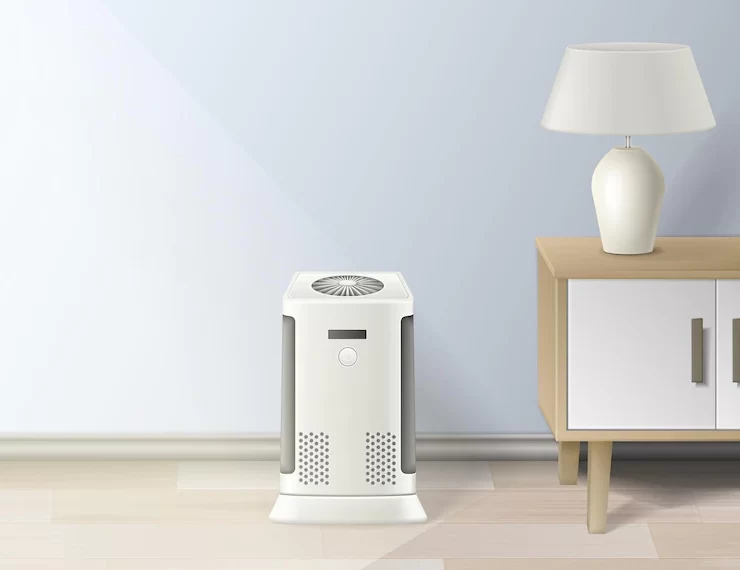Enhancing Indoor Air Quality through Ventilation and Air Purification Systems

Indoor air quality (IAQ) is a crucial aspect of our overall well-being, as we spend a significant amount of time within enclosed spaces. Poor IAQ can lead to various health issues including allergies, respiratory problems, and fatigue. To address this concern, implementing effective ventilation and air purification systems, such as those offered by The HVAC Service https://thehvacservice.ca/, is essential for maintaining a healthy and comfortable indoor environment.
Ventilation Systems:
Proper ventilation is the cornerstone of good IAQ. Ventilation involves the exchange of indoor and outdoor air to ensure a constant flow of fresh air while removing pollutants. There are several methods to achieve this:
- Natural Ventilation: This method utilizes windows, doors, and vents to allow outdoor air to enter and circulate through the space. While it’s an energy-efficient approach, its effectiveness can be limited by external weather conditions and architectural constraints.
- Mechanical Ventilation: Mechanical systems, such as exhaust fans and supply fans, are designed to control air movement effectively. They can be coupled with heat recovery ventilators (HRVs) or energy recovery ventilators (ERVs) to transfer heat and moisture from outgoing air to incoming air, improving energy efficiency.
Air Purification Systems:
Even with proper ventilation, indoor spaces can still contain pollutants like dust, allergens, and volatile organic compounds (VOCs). Air purification systems play a crucial role in removing these contaminants:
- High-Efficiency Particulate Air (HEPA) Filters: HEPA filters are highly effective at capturing particles as small as 0.3 microns, including dust, pollen, and pet dander. They are a staple in air purifiers and HVAC systems.
- Activated Carbon Filters: These filters excel at adsorbing gases, odors, and VOCs, making them an excellent addition to air purifiers in kitchens and areas with potential pollutant sources.
- UV-C Germicidal Lamps: Ultraviolet-C (UV-C) light can neutralize airborne bacteria, viruses, and mold spores. Incorporating UV-C lamps into air purification systems helps disinfect the air.
- Ionic Air Purifiers: These devices release ions that attach to particles, causing them to settle out of the air. While they can be effective against certain pollutants, they may produce ozone as a byproduct, which can be harmful in high concentrations.
Maintenance and Best Practices:
To optimize the efficiency of ventilation and air purification systems, regular maintenance is crucial:
- Filter Replacement: Filters should be changed according to the manufacturer’s recommendations. Clogged filters hinder airflow and reduce the system’s effectiveness.
- Duct Cleaning: If your space has ductwork, periodic cleaning prevents the buildup of dust and mold, ensuring clean air distribution.
- Adequate Air Exchange: Striking the right balance between outdoor air intake and energy efficiency is essential. Consult professionals to determine the optimal air exchange rate for your space.
In conclusion, improving IAQ through ventilation and air purification systems enhances our overall quality of life. Implementing these systems, along with regular maintenance, ensures that we breathe clean and fresh air, reducing the risk of health issues associated with indoor pollutants. Whether in our homes, offices, or public spaces, prioritizing indoor air quality with solutions like those offered by The HVAC Service https://thehvacservice.ca/ is a step toward a healthier and more comfortable environment.